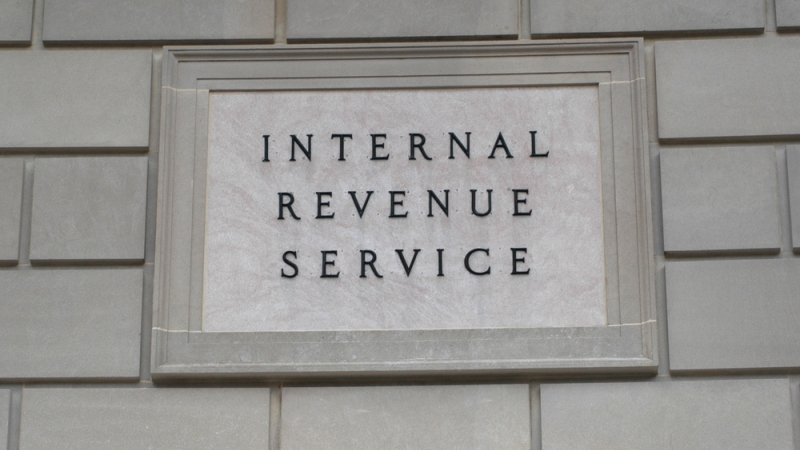
The IRS is moving both with deliberation and an expansive set of possibilities as it studies how the agency can take advantage of generative artificial intelligence technologies, a senior IRS tech official said at the Salesforce World Tour D.C. 2024 event on April 10.
“We are going to be now dipping our toes into the water on how now to explore generative AI and what do we want to do with generative AI,” said Kachit Pandya, the agency’s chief technology officer (CTO), who added, “ideas abound.”
“As a chief technology officer … I would say one of my roles and responsibilities that I enjoy the most is just having crazy ideas” about “what can we do out there.”
“I want to try and figure out how best to have generative AI applied against customer service,” he said. “When you come to irs.gov looking for information, I hope you know where to look.”
Pandya explained that the IRS has a history of working with more traditional AI tools, which use data to estimate outcomes, but said that’s not the case with GenAI tech. “We’ve been doing it for a while [but] generative AI, however, is very, very different,” he said.
One of the challenges with generative AI, he said, has to do with data quality, the CTO said.
“We cannot vouch for their accuracy, they might be sourced in unethical manners, and what the output of those data could be could introduce bias, especially social bias and inaccurate outputs and results,” he explained.
Another data-related complication, he said, involves the ability to transfer and use large amounts of data from legacy systems that the agency still employes.
“Unfortunately, our data resides on legacy systems that are siloed or disparate [and] they are non-authoritative in many instances,” he said.
“We are challenged by having so many data sources that we can’t easily apply the type of analytics and intelligence we need to add or want to because of the distribution of the data and then redundancy” of the data, Pandya said.
To meet those kinds of challenges, “we are working towards an enterprise data platform which is going to consolidate into a data lake, so you have one data lake with all your data, then allow the right people to have right access at the right time,” he said, adding, “but we’re not there yet.”
